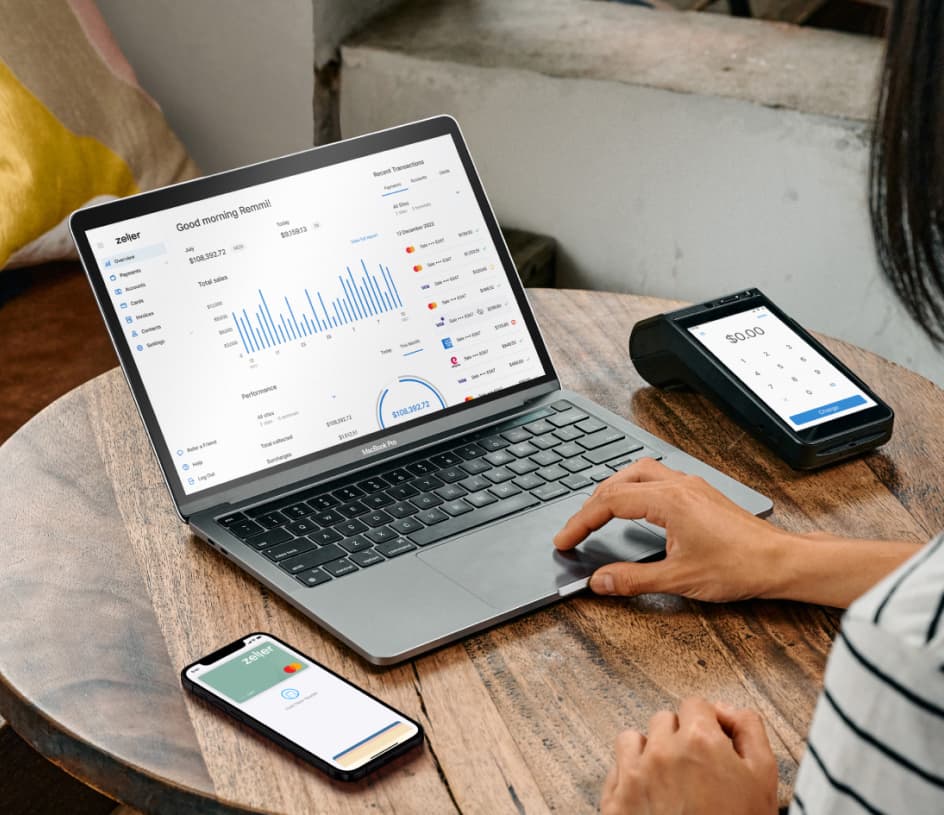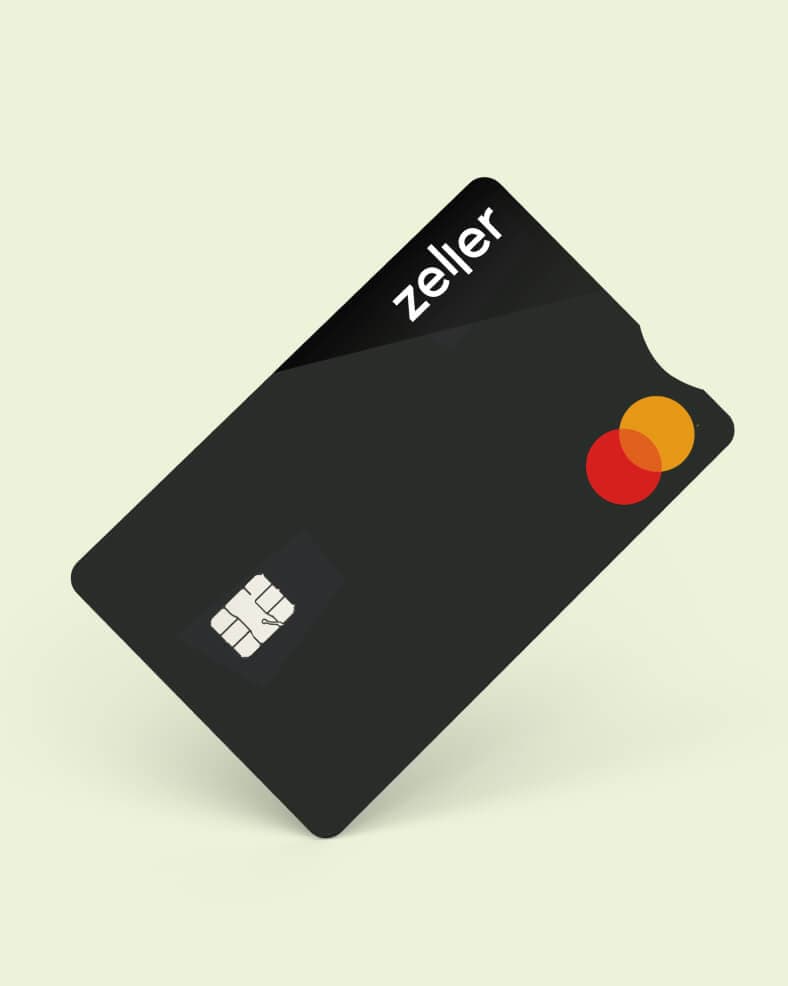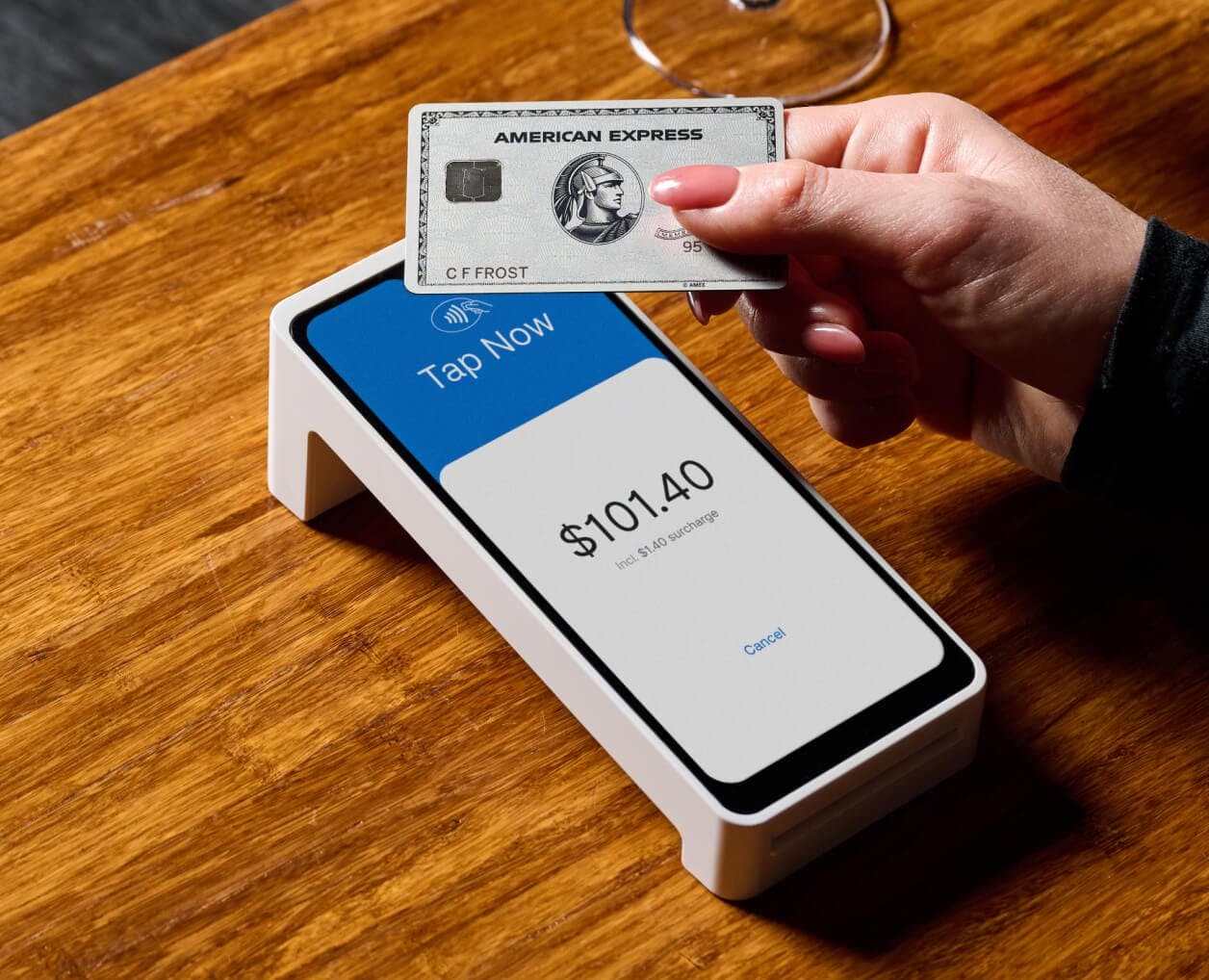
- Business Growth & Optimisation
The New Customer Journey: Paving a Path to Purchase
As a retailer, you’ve probably noticed the customer journey changing over time.
Advancements in technology have made it easier and easier to reach the right type of customer and, as a result, those customers expect a lot more from the brands they buy from. You can’t rely exclusively on having the best products, lowest prices, or even the most exceptional customer service. You must also pave a smooth path to purchase.
This means connecting your online presence with your in-store experience so that shoppers on their smartphones can easily follow that path all the way to the point of sale. Without the right (digital) stepping stones in place, modern customers are far less likely to buy what you’re selling.
In this new reality, how must retail merchants adapt and what can you do to get more sales? Let’s find out.
Every touchpoint matters
The way customers experience your brand at every touchpoint — from the moment they discover your product to the feeling they have when they walk out of your store, and every step in between — matters a great deal. Each touchpoint directly influences what happens next. Will they make more purchases at your store? Will they recommend your shop to others?
If you want to stay ahead of the curve (and the competition), it’s essential to embrace the new customer journey. Consider the various touchpoints a consumer might have with your brand. By the time the shopper reaches your store, they’ve already researched, compared and prepared to make a purchase.
Every buyer goes through a similar process.
The buyer becomes aware of a problem — “My feet never feel comfortable when I walk.”
The buyer considers how they might solve the problem — “What type of shoes would be more suitable?”
The buyer evaluates their options and selects the best provider — “Where can I find the right shoes at the right price?”
The retail customer journey might look something like this.
The customer researches the type of product they’re looking for online.
They discover your product through your website, social media channels, a search engine or review platform, etc.
They identify your product as a possible option.
They spend some time weighing up the pros and cons of your product and comparing it against alternatives.
They decide they are interested in buying your product.
They visit your store to check out the product — or, if they’re already in the store using their phone for online research, they locate the product or ask for assistance.
They purchase your product.
In the end, customers will often go into the store to purchase a product they have found online. While 61% of shoppers would prefer a brand that has a physical location, 56% of in-store shoppers also used their smartphones to shop or research items while they were in a store in the past week (Google). Again, that link between your digital marketing and your physical store is extremely important.
The fast and the frictionless
We know most retail purchases still happen in-store. Yet even so, Deloitte research shows 64 cents of every dollar spent in retail stores is influenced by digital. Mobile is playing an increasingly influential role in how these in-store purchases happen. According to Google, three-quarters (76%) of people who conduct a local search on their smartphone visit a business within 24 hours — with over a quarter (28%) of those searches resulting in a purchase.
For a retailer trying to boost sales, this makes mobile hugely important. When a shopper is using their mobile to find the information they need before buying a product in person, it’s imperative your brand pops up to provide a fast and frictionless experience. These days a slow, confusing or unhelpful website or app experience could easily cost you a customer.
Plus, any friction at the decision stage — in other words, during a purchase — can cause a customer to abandon their purchase altogether. They may not return to your store in future either. And the fallout from that one negative experience only worsens if they also spread the (less than complimentary) word to their friends and family.
The point of sale itself should be a quick and seamless experience. Remember, the payment process at a retail store is a valuable touchpoint with the customer, so it’s worth more to your business than the amount of any single transaction alone. With Zeller, for example, you can provide a consistently simple and seamless payment experience to ensure your customers make it to checkout and keep coming back to your store.
Want to be more proactive about preventing friction for the customer?
Optimise your website (especially the mobile version) and social media profiles.
Eliminate any slow-loading product pages.
Fix any low-quality product pictures.
Avoid customer confusion by providing the right information at the right time.
Take a data-driven approach to understanding consumer behaviours.
Personalise the customer journey and tailor the shopping experience.
Earn trust and continue to protect consumers’ data privacy.
Never refuse a customer’s card type and avoid costly bottlenecks at the point of payment — Zeller accepts every common card type (including AMEX), and Zeller Terminal processes transactions in a matter of seconds while also being mobile.
Mapping the customer journey
In the UK, for example, 46% of popular high-end retailer Argos’ customers start online, while 90% still eventually buy in-store. Recognising the trend and looking for ways to better connect with its customers through digital, Argos started running local inventory ads online through Google to highlight products available in nearby stores.
As you can see, it pays to have a comprehensive understanding of the customer experience. Successfully mapping the customer journey can help your business:
Evaluate and strategically update its offerings.
Identify the right marketing channels and promote custom offers.
Consistently meet customer expectations.
Adapt as customer preferences change.
Anticipate the needs of customers in order to boost loyalty and retention.
By recognising the ever-changing nature of the customer journey, your brand can develop marketing strategies that meet the needs and wants of increasingly tech-savvy consumers. It’s time to start paving that smooth path to purchase.



